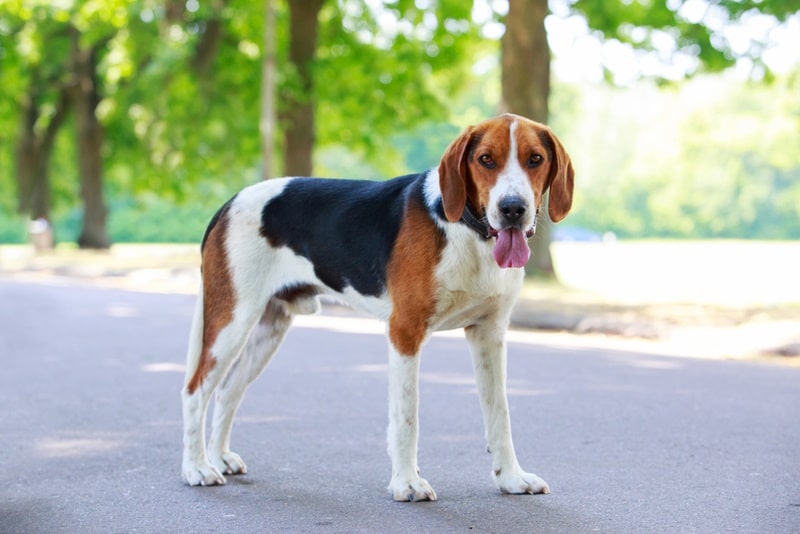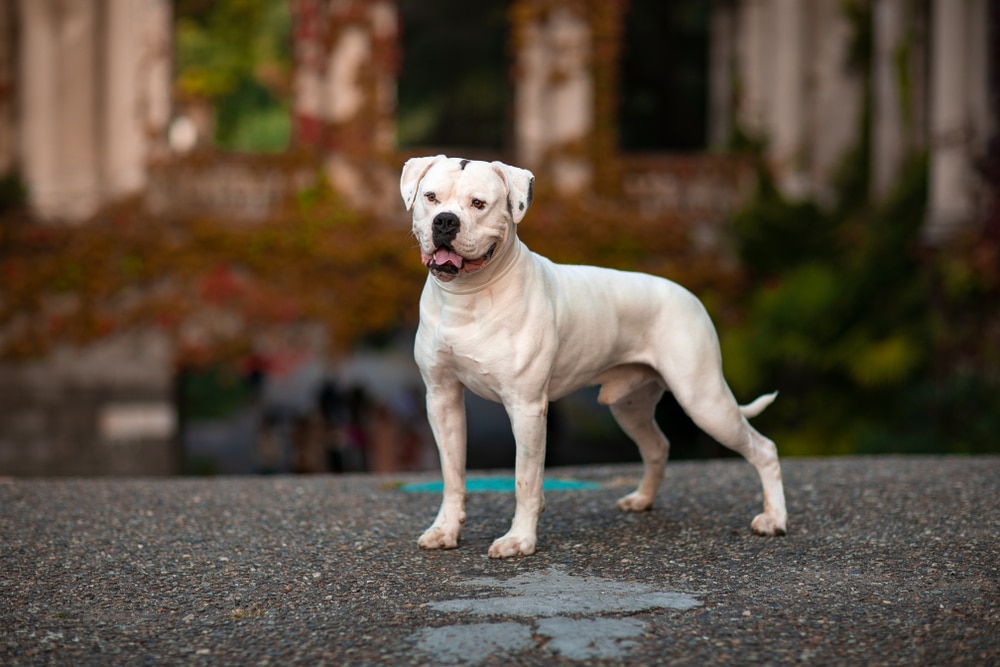Dogs typically have four legs, but it’s not always cut and dry when it comes to canine anatomy.
- Many dogs lead full lives even with missing limbs, thanks to prosthetics and other aids.
- Most dogs have recognizable front and back leg structures, akin to human arms and legs.
- Dogs with two or three legs adapt in incredible ways, each with unique needs.
- Understanding canine movement helps us appreciate their unique adaptations.
Most dogs come with a classic set of four legs, but many lose limbs through accidents or medical conditions. Remarkably, these spirited creatures adapt well, with some even mastering life on two legs!
For the majority of four-legged friends, the basic leg structure is essential knowledge. Front legs, fitted with elbows and wrists, and back legs, boasting knees and ankles, serve unique functions. Unlike humans, dogs rock on all fours, giving them steady stability—essential for those playful park sprints!
Take, for example, dogs with just two legs. Their ability to move hinges greatly on which limbs they have left. Those with limbs on a single side can sometimes cruise around sans help, while others, missing both back legs, zip about with surprising vigor.
Tri-legged dogs, affectionately called tripods, adjust impressively over time. Post-accident amputations are no show stopper, though these pups may face joint strain. Surprisingly, loss of a front leg is harder than a back one, and smaller breeds often handle these changes better than their larger peers.
Prosthetics and wheelchairs come to the rescue for many of these resilient dogs. From slip-on models to full-on leg implants, these aids usher in newfound mobility, letting them parade around just like any other pooch.
Interestingly, it’s usually easier for these dogs to sprint than to stroll. Sounds odd, right? But with their bodies often shifting to two or three limbs at once, achieving true walking balance can be tricky. Trotting, which allows for a tiny airborne moment, often becomes their go-to gait.
Despite variations in limb count, dogs continue to lead amazing lives, adapting to their circumstances with tenacity and aid.










